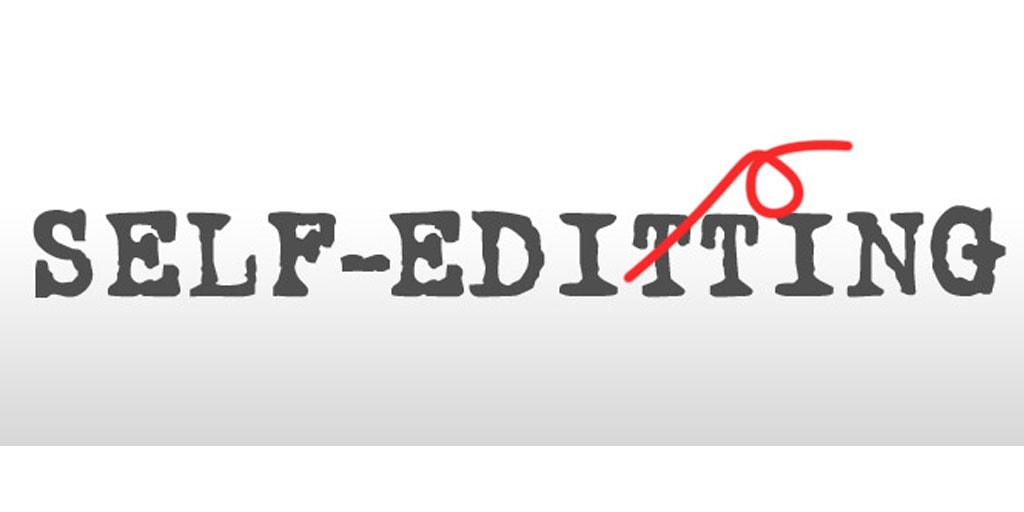
Not everyone is fortunate enough to have an editor to check what we write before it goes to the client or is put in front of the audience. Editing your own writing is difficult because our brains know what we intend, fill in blanks, and skip over errors.
Following are a few tips to help you edit your own writing.
- Break your writing into three steps:
- Write the entire text before starting to edit so you can see the entire flow and organization.
- Set your text aside for a while. Don’t look at what you wrote for a few hours, a few days, or even a few weeks. If you’ve been working on a 100-page document, chances are that you will be happy to take a break from looking at it. This gets your mind to forget about the nuances of the text. You are less likely to mentally fill in missing words, correct word order, or correct spelling as you read.
- Return to your text with fresh eyes and edit.
- Print the document and edit it. Most people skim when reading on the computer but read more of the words when it is on paper.
- Run the program’s spelling and grammar editor. This will catch most errors, BUT NOT ALL.
- Read slowly. Reading out loud also helps.
- Never try to edit while you write. Correcting the occasional misspelling is fine, but don’t go back to reword or tweak sentences. Get your thoughts down so the text does not seem choppy or confusing.
- Edit the entire document three times, at least. You’ll be amazed at what you miss the first two times through.
- Most importantly, leave sufficient time to edit. We all have a tendency to write up to the deadline and then rush through the editing. Better writing comes from good editing and you need time to edit properly.
To help you on your editing journey, you can use this handy Editing Checklist. (Refer to my post Editors – A Writer’s Superhero or Archenemy for information on the levels of editing.)

